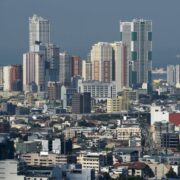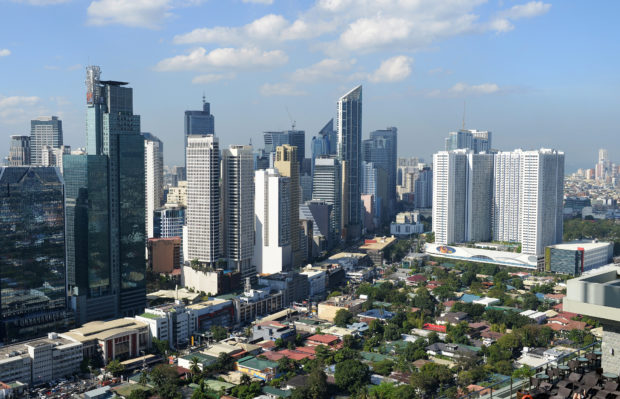Renewables dominate pipeline of new power projects in 2025

Nearly 7,000 developments have been committed to the local energy sector this year, with clean power projects dominating the arena, government data showed.
Most of these projects — 5,754 of them — will be built in Luzon. There are 3,923 planned renewable energy facilities, with solar remaining the most favored technology at 3,060.
Wind parks that will rise in Luzon come second at 759, while geothermal projects count at 68. There are also 35 hydropower projects and one biomass project.
Aside from clean energy sources, the Department of Energy (DOE) said that as of end-November, committed developments involving natural gas- and oil-fired power plants have so far hit 1,320 and 11, respectively.
Among the main islands, only Luzon has committed power projects covering coal facilities — 500 of them.
To recall, the DOE imposed a ban on new coal facilities to cut carbon emissions and support the government’s push to shift to clean energy.
Last July, the DOE clarified that there was no total ban on developing coal-fired power plants in the country. Existing and operational facilities that have made commitments for expansion can still pursue these projects.
In the Visayas, there are nine oil-based projects. Committed renewable energy projects reached 846, of which 742 are solar parks.
Mindanao saw the lowest committed power projects at 232 — 176 came from renewable energy while the remaining 56 are oil-based developments.
The government also noted that it received commitments for the establishment of battery energy storage systems (BESS), which numbered at 230.
Intermittent
Industry players worldwide, particularly those involved in renewable sources, have been investing in BESS given the intermittent power generation of clean energy sources.
These committed projects are seen to boost the country’s grid system, especially with the expected rise in electricity demand this year.
According to Energy Secretary Raphael Lotilla, power demand may go up by 5.4 percent to 14,769 megawatts (MW) in Luzon; 16 percent to 3,111 MW in the Visayas; and 8.2 percent to 2,789 in Mindanao.
“It’s important to stress that we are in a much better situation this year than we were compared to last year, precisely because we have a number of projects that have come online, not only in terms of new generation capacity but particularly in terms of the transmission lines that are vital to bringing the supply to the market,” he said.





















